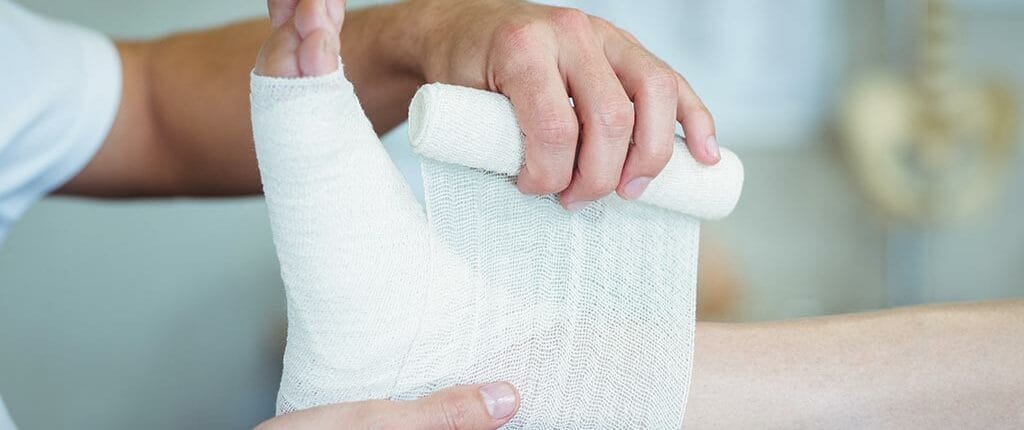What are Skin Substitutes?
Skin substitutes are tissue-engineered products that are intended to temporarily or permanently replace the skin's form and function. In chronic, non-healing ulcers such as pressure ulcers, diabetic neuropathic ulcers, and vascular insufficiency ulcers, skin substitutes are frequently used. These wounds result in significant morbidity, including an increased risk of infection, amputation of limbs, and death. Skin substitutes have the potential to improve healing rates and minimize complications in a variety of other skin wounds, including those caused by burns, ischemia, pressure, trauma, surgery, and skin disorders. Additionally, skin substitutes are used in patients who have a compromised ability to heal and in situations where skin coverage is insufficient. The objectives of treating acute and chronic wounds with skin substitutes are to provide temporary coverage or permanent wound closure, to decrease healing time, to decrease postoperative contracture, to improve function, and to minimize morbidity associated with more invasive treatments such as skin grafting.

Why Choose Us for Stimulatory Agents & Skin Substitutes?
Types of Skin Substitutes Available:
Dermal replacement
Epidermal replacement
Dermal/epidermal replacement

Keep Informed. Take Care.
By exposing the body to a 100% oxygen atmosphere that is at least 10-15 times the normal supply, hyperbaric oxygen therapy can safely shorten the recovery time of the body by up to 75% following surgery.
Skin Substitutes for Treating Chronic Wounds
Patients with chronic wounds face significant functional impairment, wound recurrence, and morbidity. Pressure ulcers, diabetic foot ulcers, and venous leg ulcers are all examples of chronic wounds, that are often candidates for the use of skin substitutes. Chronic wounds heal completely when the epidermis is reepithelialized and the dermis is repaired. Successful wound healing requires a number of critical factors, including adequate blood flow and nutrition to support tissue growth, infection control, the maintenance of a moist environment, and the removal of dead tissue to make room for new cells and tissue to fill in the wound void. Schedule a consultation today to learn more about the skin substitutes for treating chronic wounds available at The Center for Wound Care & Hyperbaric Medicine.

